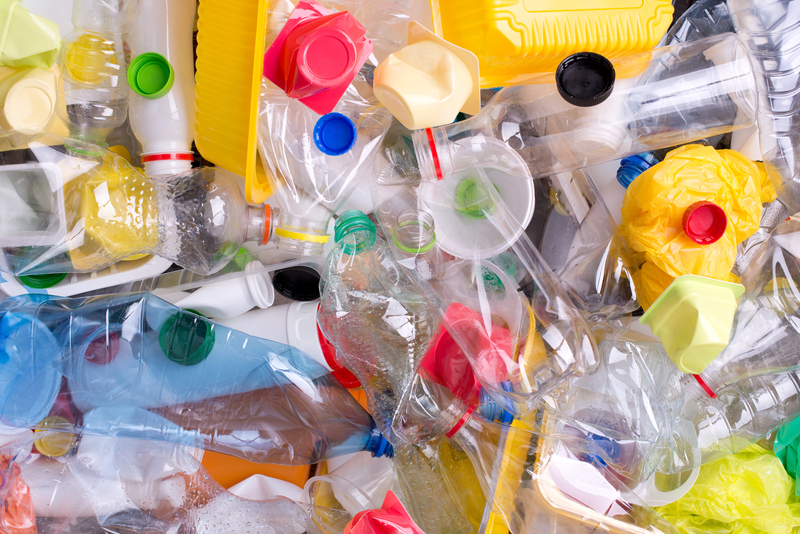In our modern world, the increasing volumes of green waste are becoming a formidable challenge, yet they also offer unique opportunities for innovation. Reducing green waste is essential not only to minimize environmental impact but also to create a more sustainable future. This article explores some cutting-edge methods and strategies aimed at effectively addressing this issue. Embrace these innovative approaches to cutting green waste and contribute to a greener planet.
Understanding Green Waste
Green waste refers to biodegradable waste, mainly composed of garden or park waste such as grass clippings, leaves, branches, hedges, and vegetable peelings. It is a critical component of municipal solid waste, contributing significantly to the landfill burden.
The Environmental Impact of Green Waste
Decomposing green waste in landfills produces methane, a potent greenhouse gas that exacerbates global warming. Reducing green waste through innovative methods helps decrease methane emissions and promotes a cleaner, healthier environment. Let's explore novel strategies for reducing, recycling, and reusing green waste.

Innovative Composting Techniques
Aerated Static Pile Composting
Aerated static pile composting is a method that accelerates the composting process by pushing air through the pile. It minimizes the need for physical turing, thus making it energy-efficient. This technique efficiently handles large volumes of green waste, perfect for community composting initiatives.
Vermicomposting
Vermicomposting employs worms, typically red wigglers, to convert green waste into high-quality compost. The worms digest the organic matter, producing nutrient-rich castings. This method is suitable for households and small-scale farms.
Bokashi Composting
Bokashi composting is an anaerobic process that uses microorganisms in a fermentation process to break down green waste. Unlike traditional composting, it can handle dairy, meat, and other non-plant materials. This diversity makes it an outstanding method for comprehensive waste reduction.
Advanced Waste Collection Systems
Smart Waste Bins
Smart waste bins are equipped with sensors that monitor and report fill levels. They ensure timely collection, reducing overflow and contamination. Some models even feature compartments for easy sorting of different types of waste, promoting effective recycling and reuse of green waste.
Community Green Waste Programs
Municipalities are incorporating community green waste programs to encourage residents to partake in the waste reduction process. These programs might include scheduled collection days or drop-off points for organic waste.
- Informative Workshops: Educating the public on proper disposal methods and the benefits of reducing green waste.
- Incentives: Offering discounts or rewards in exchange for participation in waste programs.
- Helplines: Providing hotlines for community members to report issues related to waste management promptly.
Innovations in Recycling and Reutilization
Biochar Production
Biochar is a charcoal-like substance produced by pyrolyzing organic waste, including green waste, at high temperatures with minimal oxygen. It can significantly enhance soil quality, offering a sustainable method of waste reduction.
Biogas Generation
Biogas systems convert organic waste, including green waste, into renewable energy. This methane-rich gas is an excellent alternative to fossil fuels, while the byproduct, digestate, can be used as a biofertilizer, closing the loop in sustainable agriculture.
Vertical and Urban Gardening
Urban gardening is a promising approach that utilizes limited city spaces to grow plants, thus significantly reducing green waste.
Vertical Gardening
Using vertical spaces for gardening helps manage green waste by creating compost-rich soil beds using recycled organic matter. This technique maximizes the use of space while promoting sustainable urban living.
Container Gardening
Container gardening allows individuals to grow plants in various containers, reducing green waste by reusing and recycling old goods such as barrels, cans, and pots. It is a cost-effective solution adaptable to any living environment.
Policy and Regulation Strategies
Legislative Measures
Governments are enacting policies to regulate organic waste management. These regulations often require businesses and households to separate green waste, promoting more efficient waste treatment and reducing the overall volumes reaching landfills.
Landfill Diversion Programs
Landfill diversion programs focus on directing organic waste away from landfills. This involves processes such as specialized waste collection, responsible disposal, and encouraging the recycling and composting of organic materials.
- Tax Incentives: Offering financial incentives for companies that adhere to environmentally friendly waste management practices.
- Subsidies: Providing funding to encourage investment in innovative technologies for waste prevention and recycling.
- Mandatory Reporting: Requiring stakeholders to report waste volumes and management practices, fostering transparency and accountability.

Technological Advancements
AI and Machine Learning
Artificial Intelligence and Machine Learning are being harnessed to optimize waste sorting and recycling processes. These technologies accurately categorize waste materials, enhancing recycling efficiency and reducing contamination.
Blockchain Technology
Blockchain offers transparent and decentralized records that help track and verify waste management data. It facilitates better cooperation among stakeholders, ensuring accountability and effectiveness in reducing green waste.
Conclusion
By integrating innovative technologies and adopting new methodologies, we can significantly minimize green waste and its impact on the environment. Whether through advanced composting techniques, smart waste collection systems, or leveraging policy measures, every action counts towards a sustainable future. Let these innovative approaches to green waste inspire you to contribute to a greener, cleaner world.